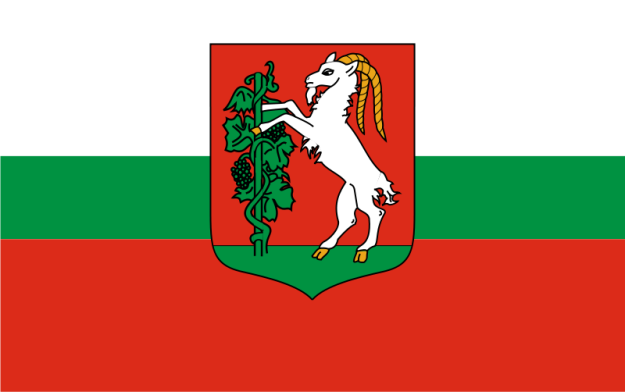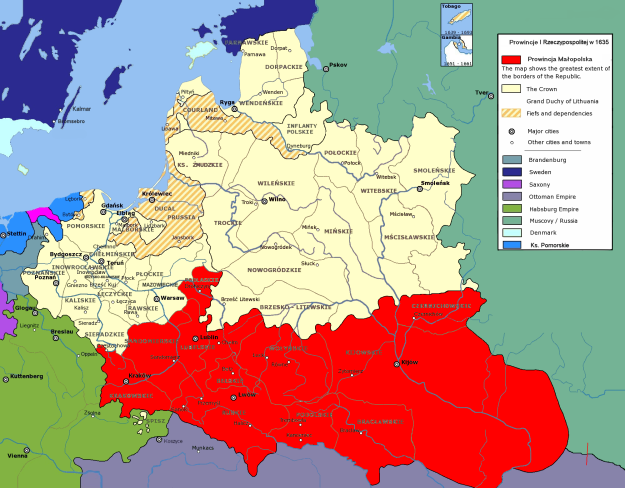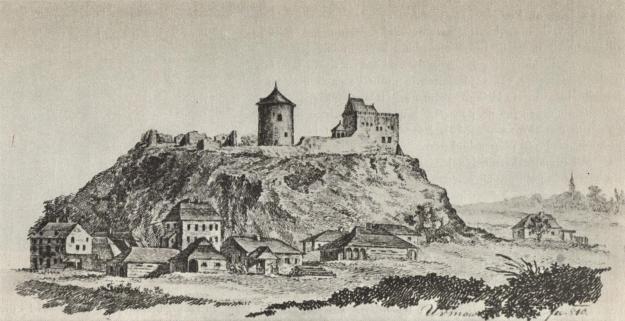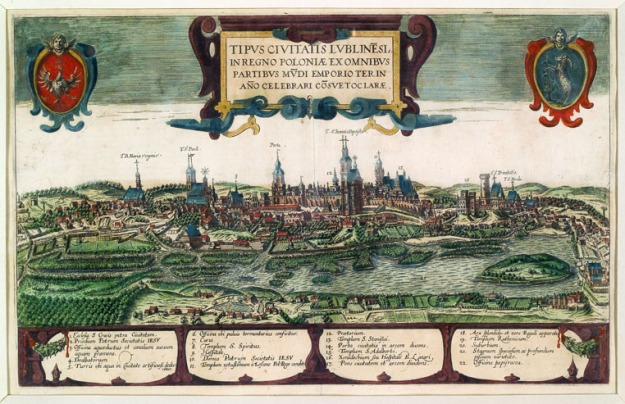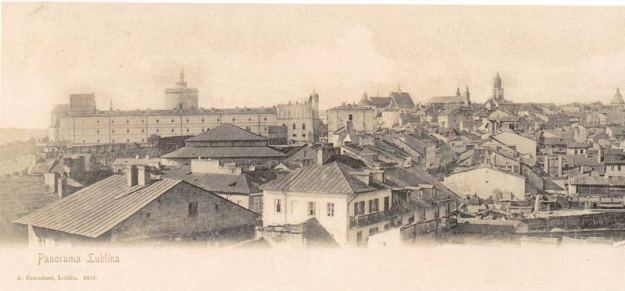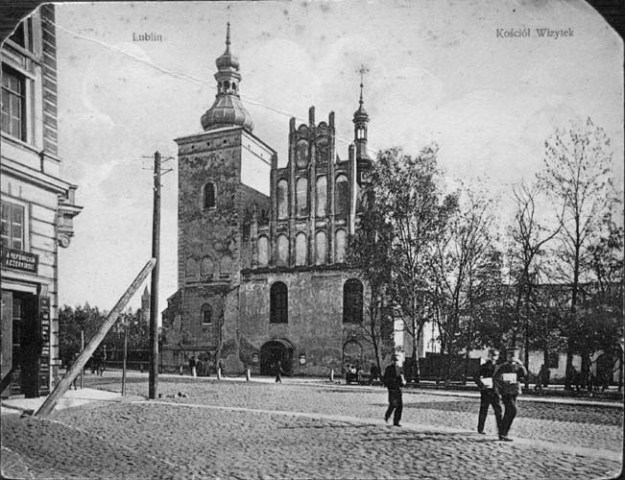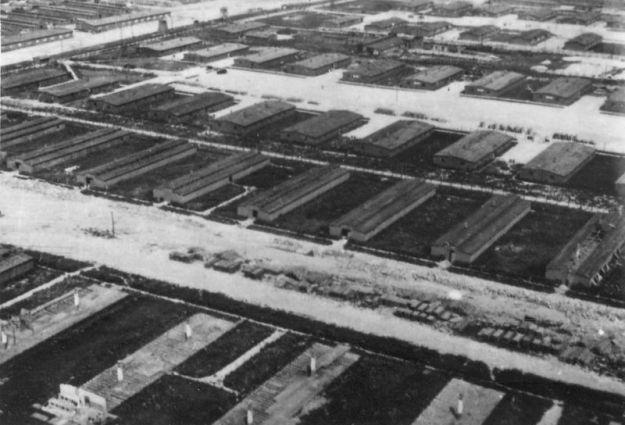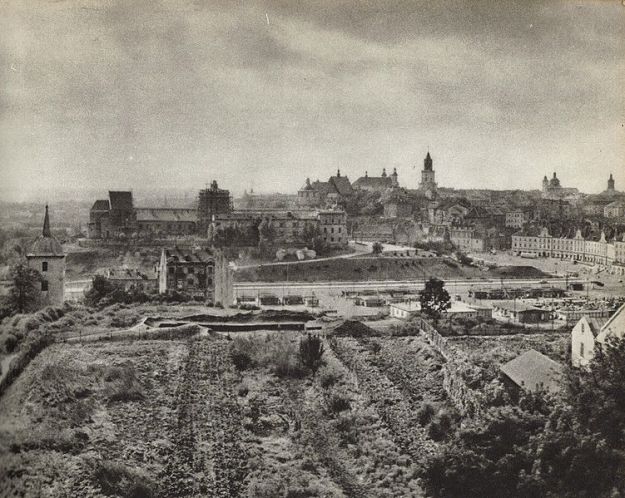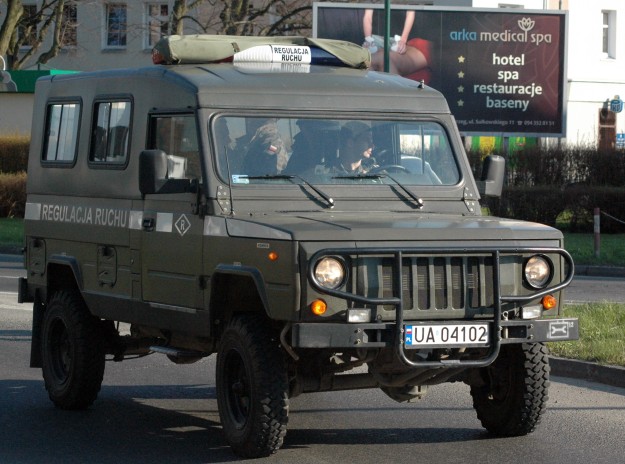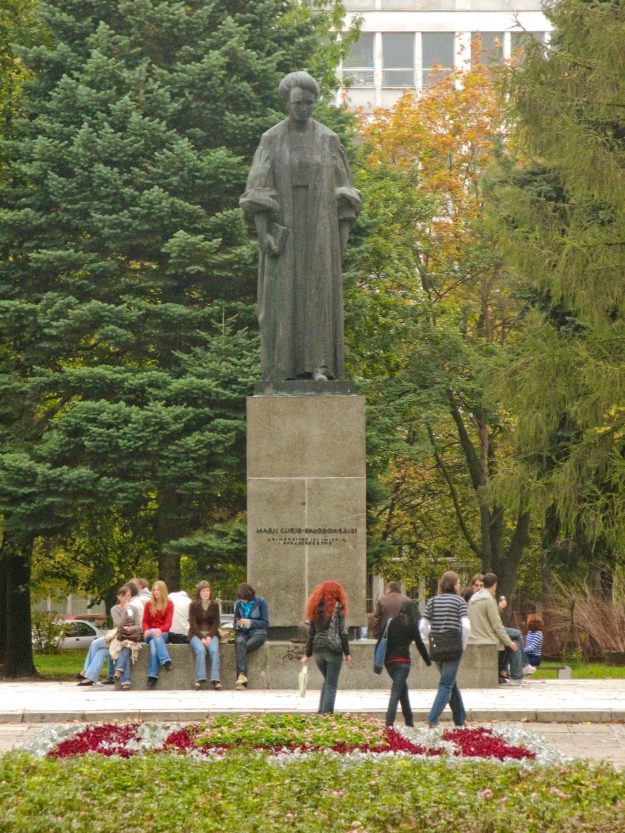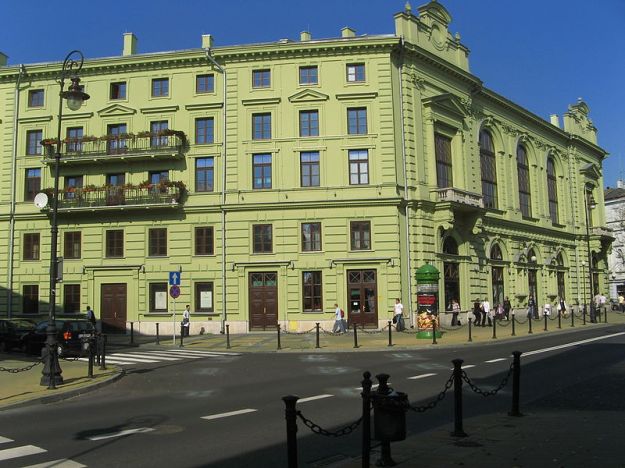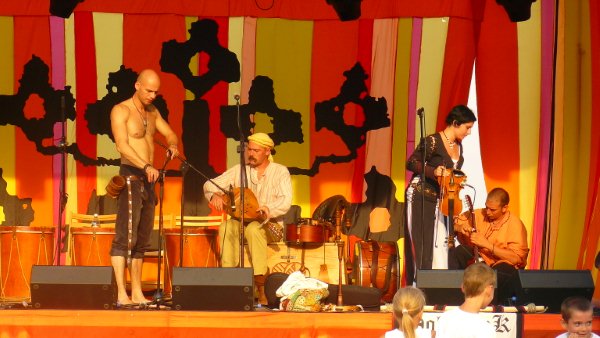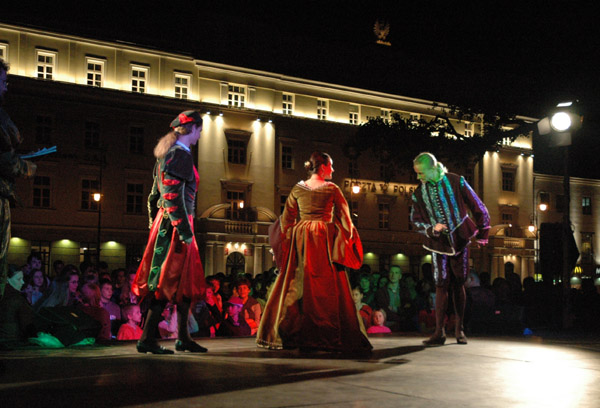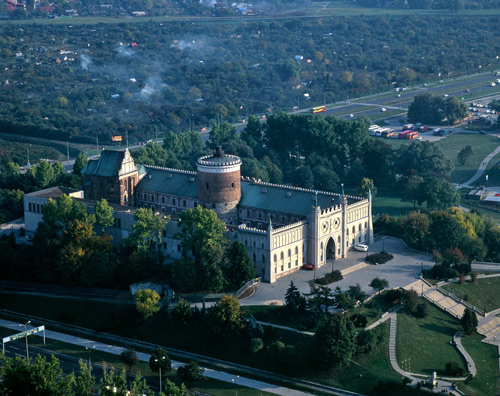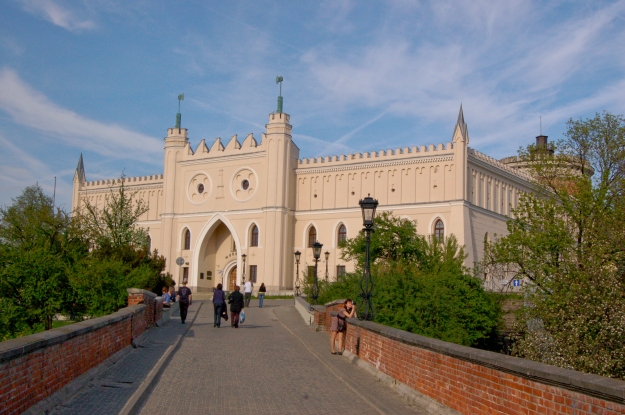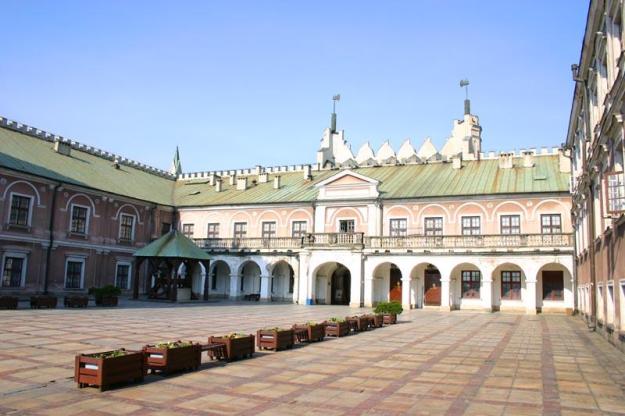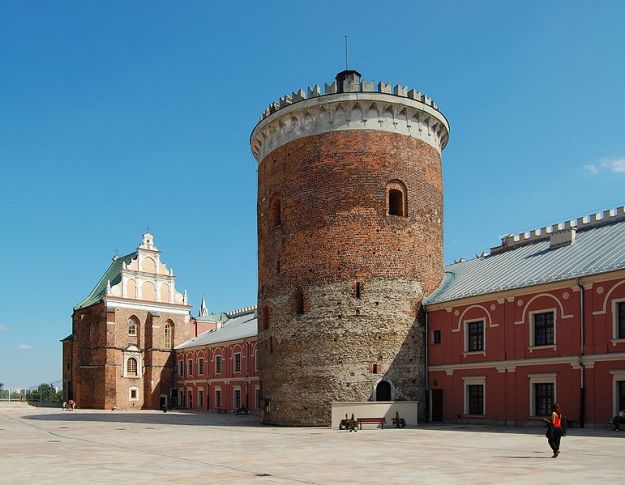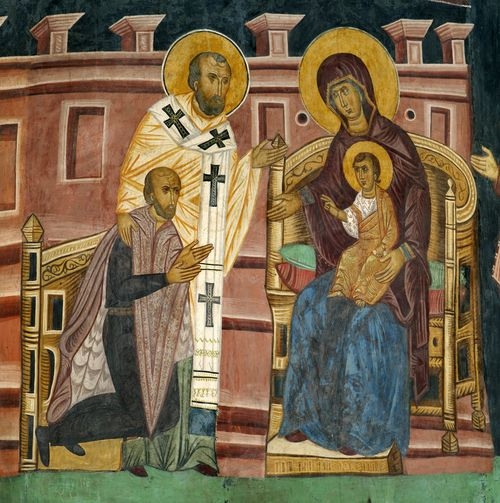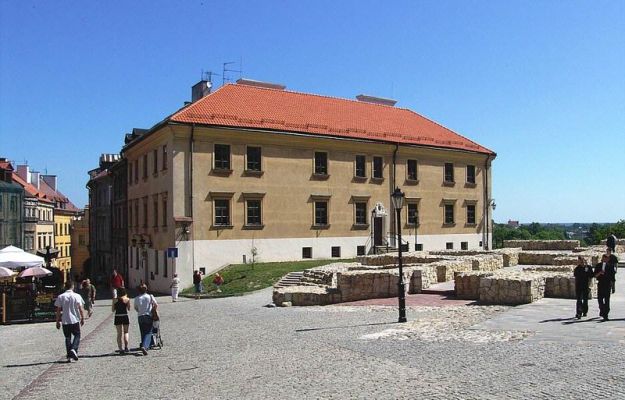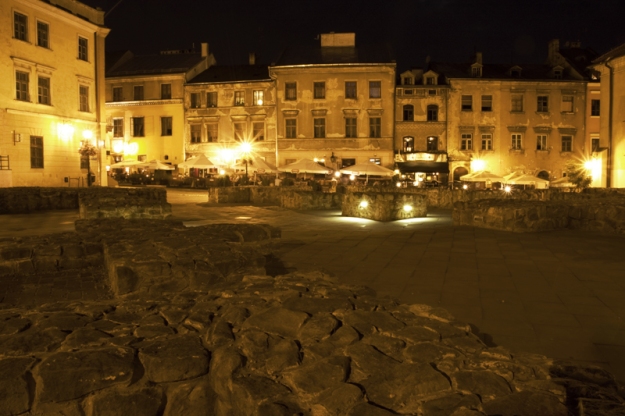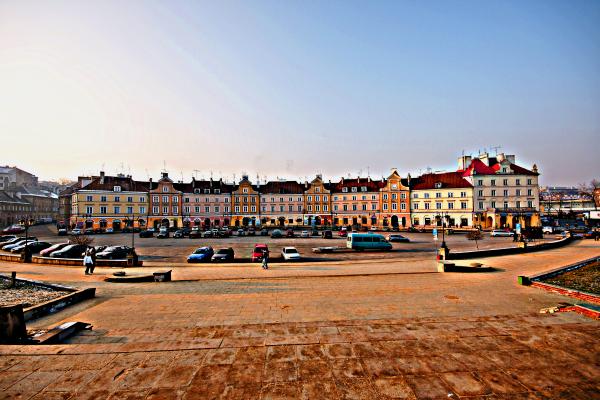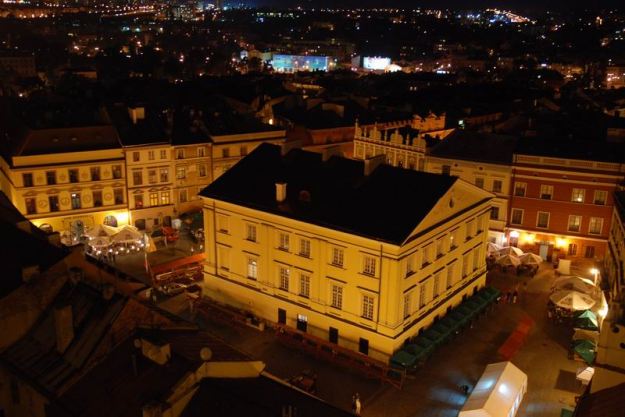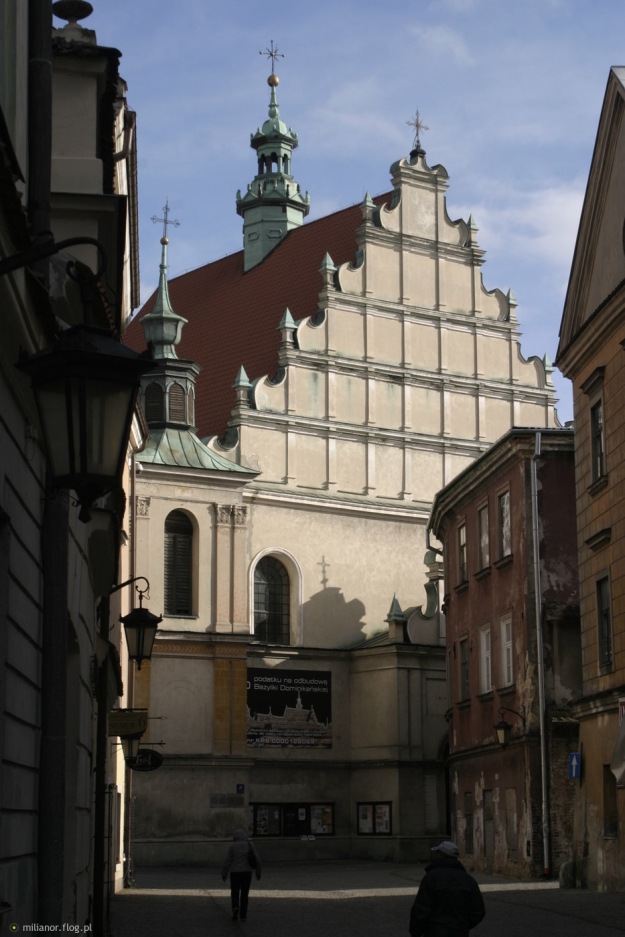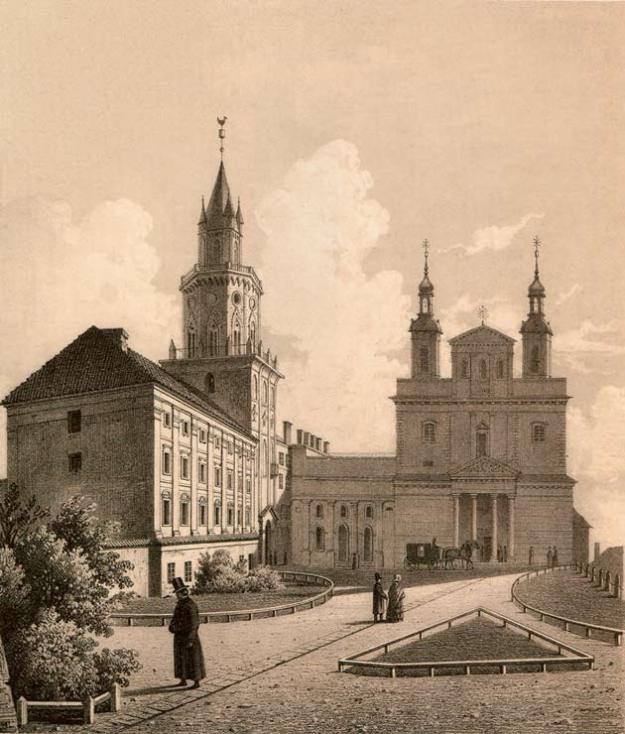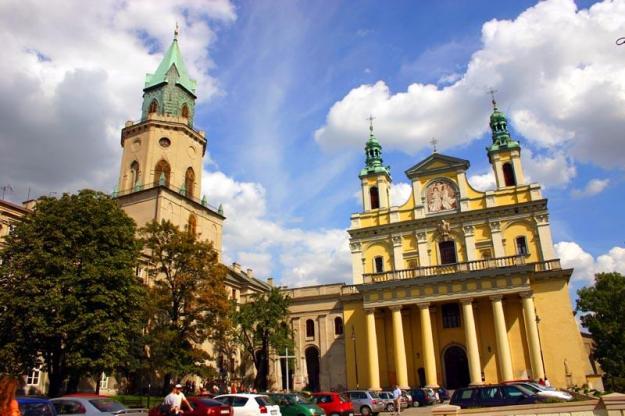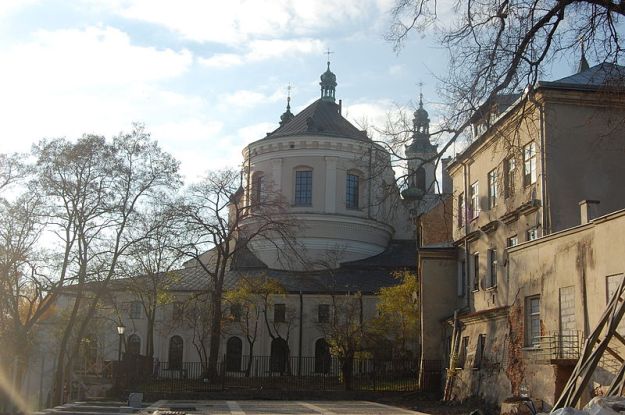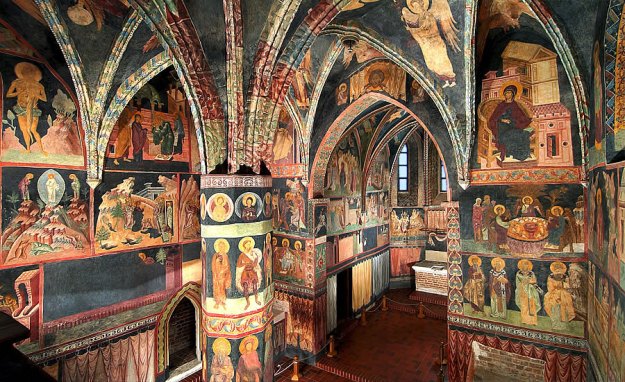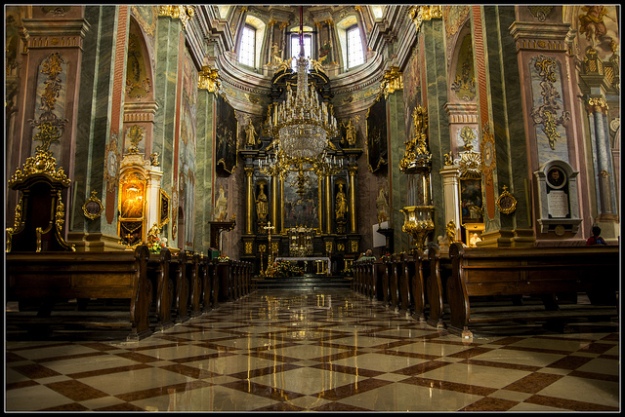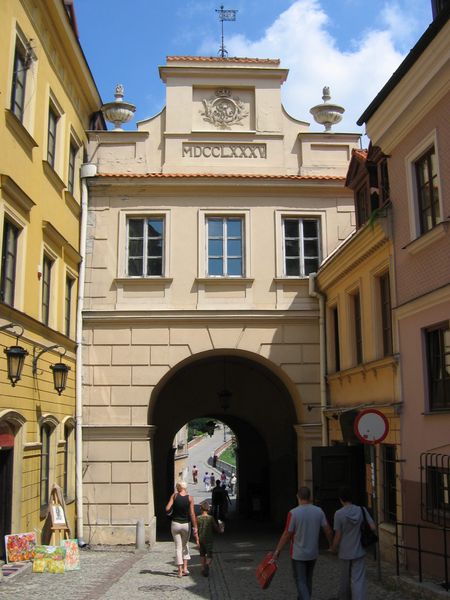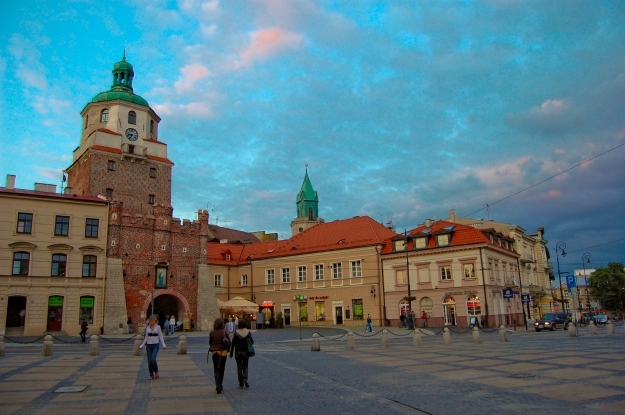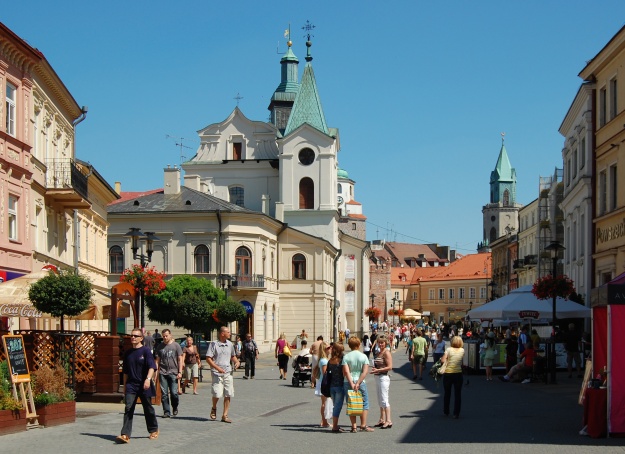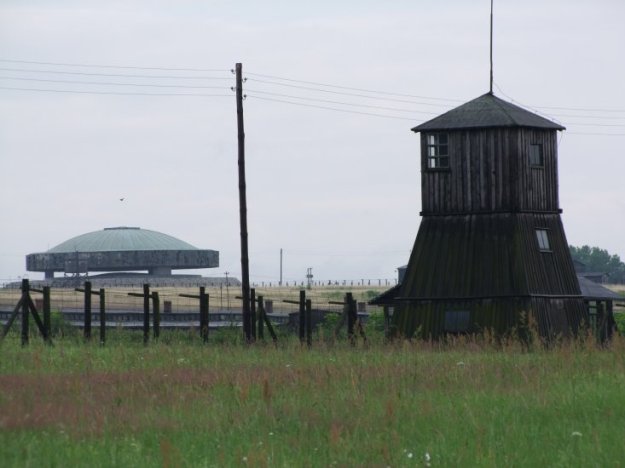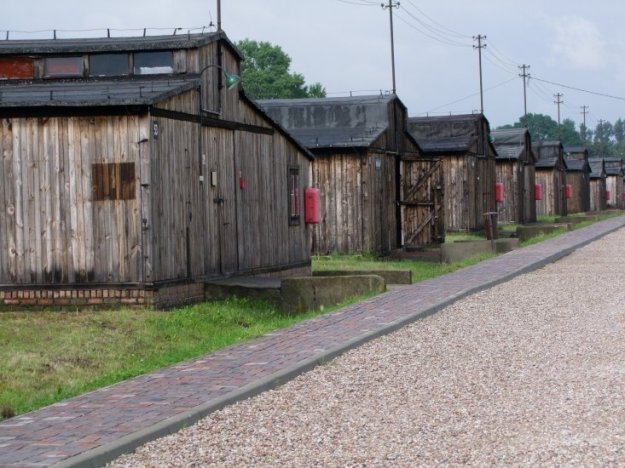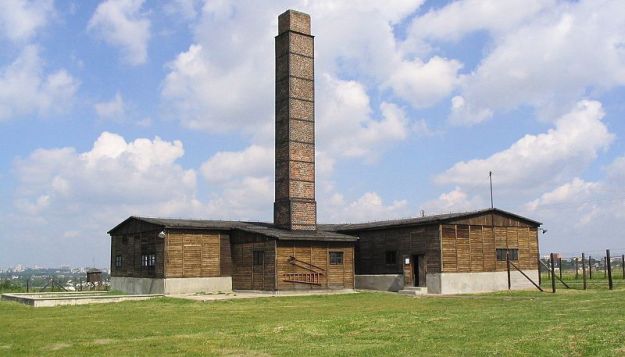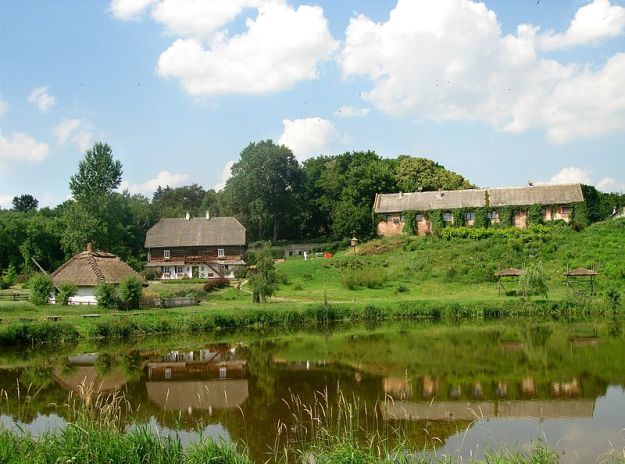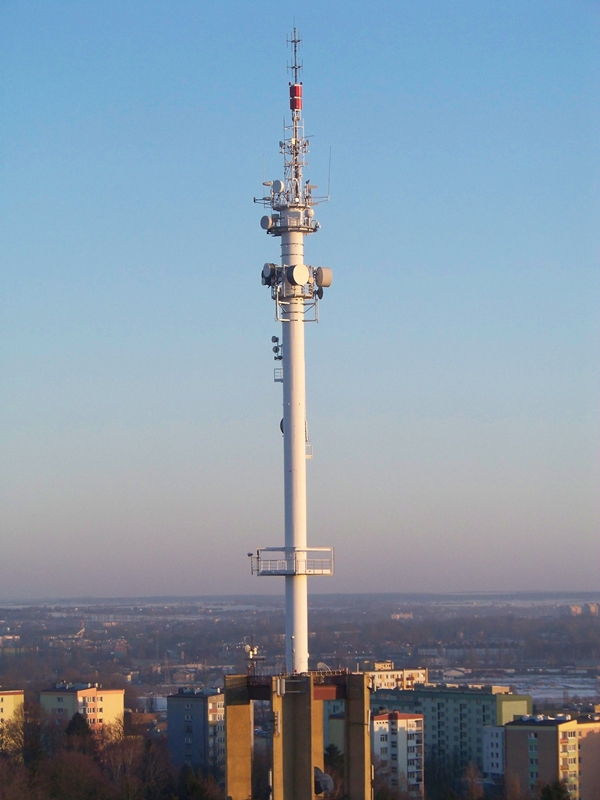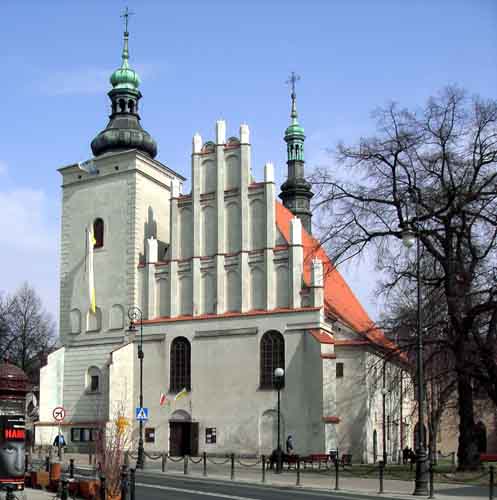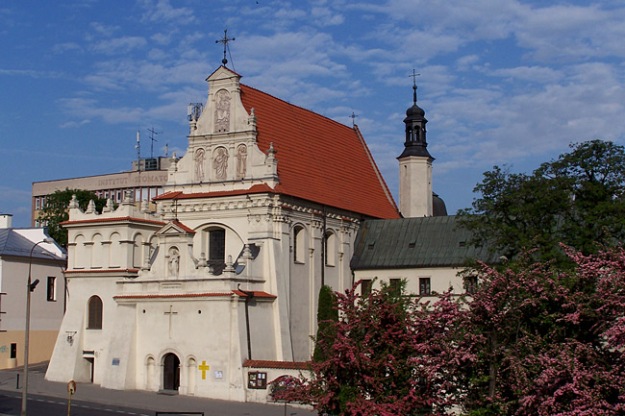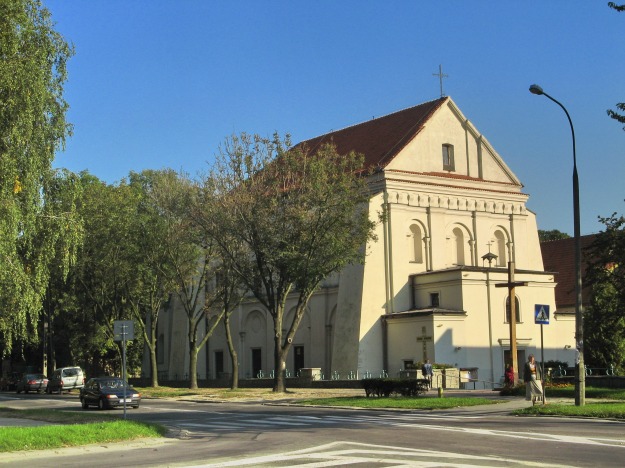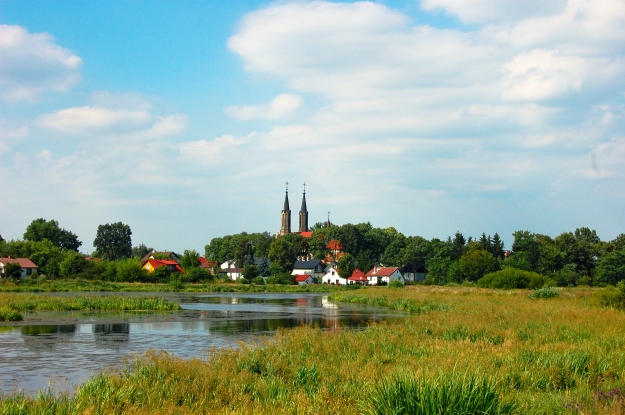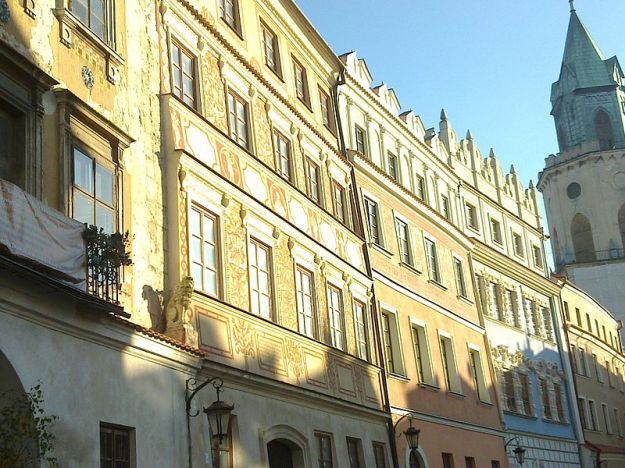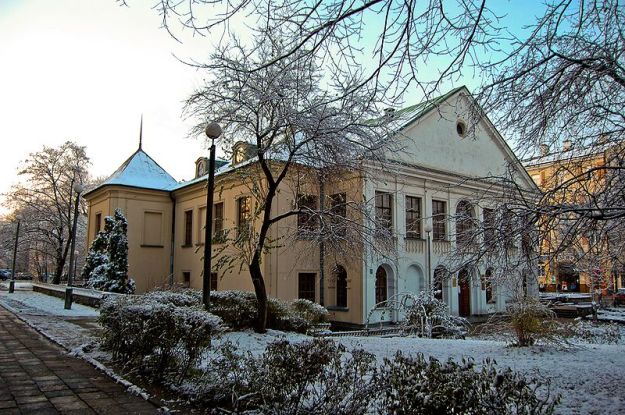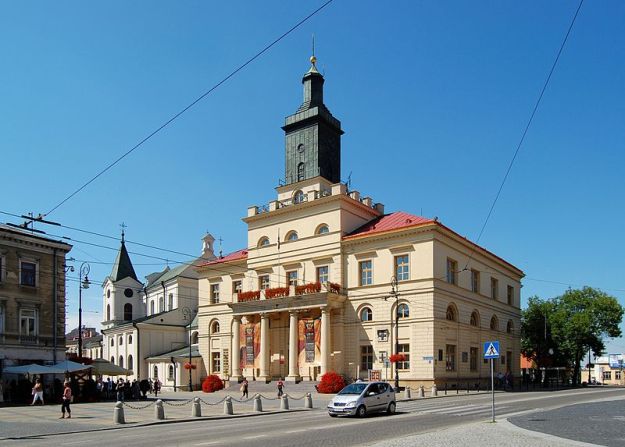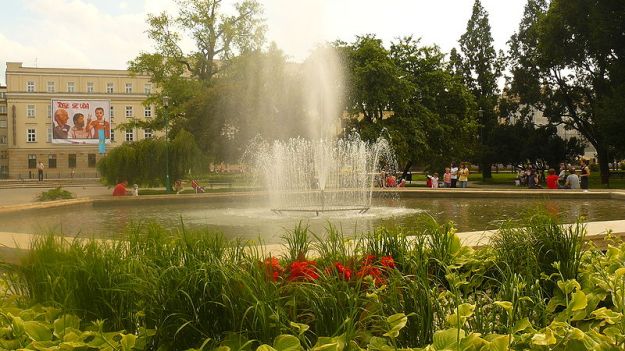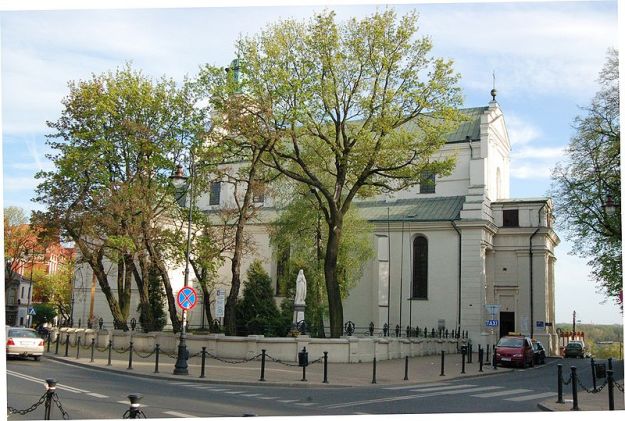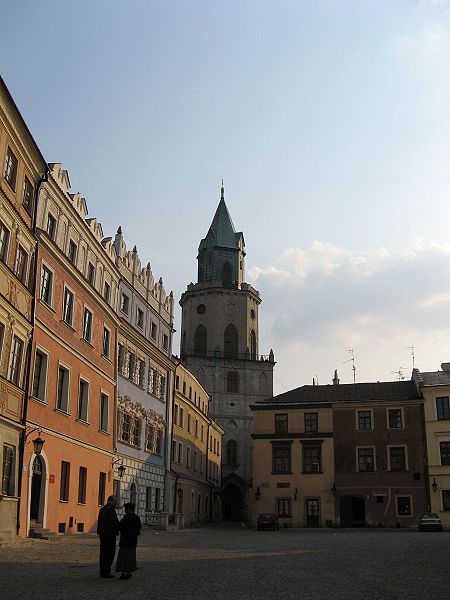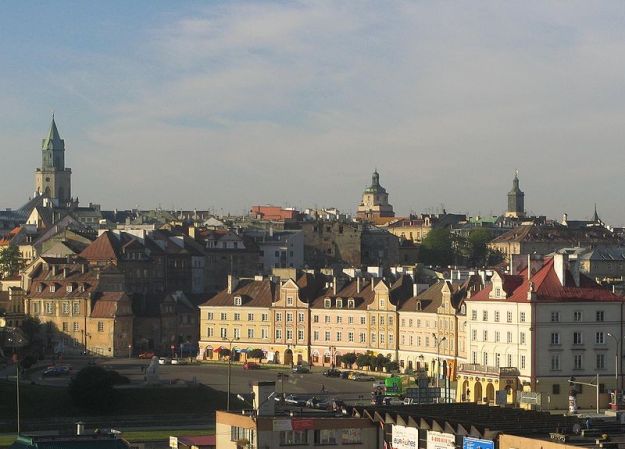About Lublin
Here at Kamionka Wielka we’re in the modern voivodeship of Lesser Poland – województwo małopolskie. Next door to Małopolska is the voivodeship of Lublin. The capital city – Lublin – is the second largest city of the part of the historical region of Lesser Poland – capital Kraków – still in today’s Poland.
Map – Małopolska, 1635
Lublin is also the largest Polish city east of the Vistula.
Although settlement in what was to become Lublin began much earlier, the first significant settlement began in C6. In C10 and C11, the town (Called Cwartek, likely because Thursday was market day) was an important trade centre and its location at the eastern borders of Polish lands made it militarily significant.
As the castle on Castle Hill grew, the Old Town hill adjacent to it became the main focus of settlement, and the Czwartek settlement declined in relative importance. The oldest historical document mentioning Lublin dates from 1198, so the name must have come into general use some time earlier.
Over the years, the town was attacked by Tatars, Ruthenes, Yotvingians and Lithuanians, and destroyed several times. Casimir the Great, built a masonry castle in 1341 and encircled the city with defensive walls.
The city continued to grow as a trade centre, especially following the peace between Poland and Lithuania. The largest trade fairs of the Commonwealth were held in Lublin and during C16 the sejm met there on several occasions. The Union of Lublin, 26 June 1569, united Poland and Lithuania.
From the second half of C16, Lublin’s Jewish population grew and prospered. Jewish students came from all over Europe to study there.
C17 saw more fighting – first the Russian-Ukrainian invasion of 1655, then the Swedes.
After the third partition, Lublin was ruled first by Austria, then from 1815 to 1915 by Russia. The period nevertheless saw a doubling in Lublin’s population, much building, industrialisation and the coming of the railways. By 1897 the city had a population of 50,150, of which 24,000 were Jews.
Russian rule came to an end in 1915, when the by German and Austro-Hungarian armies occupied the city. At the end of WW1, the Polish government operated from Lublin for a short time. The city continued to grow.
When Nazi Germany invaded Poland (1 September 1939) Lublin was included in the Central Government, with the population a target of severe Nazi oppression focusing on Jews. Germans aimed to “Germanise” the city with import of ethnic Germans taking the German population from 10-15% in 1939 to 20-25%. Near Lublin – in fact so close that it was easy for messages and small packages to be passed the Germans built a reservation for Jews (aka “the Lublin Plan”).
The main German effort to exterminate the Jews in occupied Poland, Operation Reinhard, was run out of Lublin. The Lublin Ghetto held about 26,000 people – most were shipped to Bełżec extermination camp between 17 March and 11 April 1942. The remainder were moved to the Majdanek concentration camp on the outskirts of the city – most had been murdered by the time the camp was liberated on 22 July 1944.
http://1904loghouse.com/about-visiting-the-camps/
From a population of just under 100,000 at the end of WW2, Lublin has grown – current estimates put the population at close to 350,000 – and businesses grew. Under communist rule, dissatisfaction came to a head with a series of strikes in 1980. 50,000 workers from 150 factories went on strike and the Solidarity movement was born.
Made in Lublin
A student population of about 100,000, attending six major universities, keeps Lublin lively. There is a vibrant music and nightlife scene.
The city hosts many festivals throughout the year, and has theatres, museums and galleries.
Things to see
The Castle of Lublin and Chapel of the Holy Trinity, ul Zamkowa 9 (at the northernmost part of the Old Town, near the Main Bus Station.
Open Tuesdays – Saturdays: 10am-5pm, Sundays: 10am-6pm
September – May: Tuesdays, Thursdays – Saturdays: 9am- 4pm, Wednesday, Sundays: 9am-5pm
The castle of Lublin was rebuilt in the 19th century in the neogothic style. In the yard take a look at the 13th century Romanesque donjon and the Chapel of Holy Trinity.
The Chapel is a must-see – its interior conceals unique Byzantine wall paintings dating back to 1418. If you have some more time, check out the interior of the museum – especially the Polish Paintings Gallery and the huge Union of Lublin painting by Jan Matejko.
Ticket prices: 6.50zł / students, children: 4.50zł.
Po Farze Sq., Old Town.
Old Town
Crown Tribunal, Rynek (Old Town Square). Built in the 1400s, it was the highest court in Lesser Poland.
St. Stanislas Dominican Basilica and Monastery, ul Złota
One of the oldest churches in Lublin, built around 1253. Rebuilt into its current shape after a fire in 1575, in the style of Lublin Renaissance.
Lublin Cathedral and Trinity Tower, Katedralny Sq. (Located at the edge of the Old Town, 100 m south from the Krakow Gate.). A unique baroque church with wall paintings.
The tower provides a beautiful city panorama. 10am-5pm (October- April: only Saturadys and Sundays: 10am-5pm). Tickets price: 5.00zł / students, children: 3.00zł.
Grodzka Gate, Grodzka St.
One of the original city gates, rebuilt in 1785. In the past also known as the Jewish Gate, as it separated the Jewish District from the Old Town.
Krakow Gate, Łokietka Sq.
One of the two original city gates, built in 14th century in the Gothic style and then rebuilt during the Baroque period. A symbol of Lublin. The gate clock was in that same very place since 16th century. At noon, a trumpeter plays the city “Hejnał” from the balcony. Next to the gate, there is a small Lublin History Museum.
Krakowskie Przedmieście, (begins at the Krakow Gate). Stroll along the nice pedestrian zone in downtown and have a coffee in one of the cosy restaurants
Majdanek State Museum (Państowe Muzeum na Majdanku), Droga Męczenników Majdanka 67 (bus no. 28 or 47; trolleybus no. Tuesdays – Sun. 8am-4pm (Nov.-Mar. 8am-3pm). The former Nazi concentration and extermination camp.
Lublin also has a nice open air museum (Skansen)
The TV tower at ul Raabego
Our Lady the Victorious Church, ul Narutowicza corner of Peowiakow
St. Joseph Church and the Barefoot Carmelites Monastery, ul Świętoduska
Our Lady Help of Christians Church, ul Kalinowszczyzna x ul Lwowska
Zemborzyce is a pleasant suburb, on the south-east edge of Lublin.
And there’s more …
